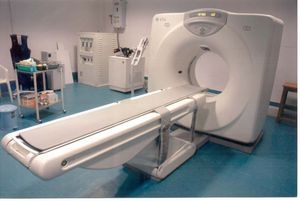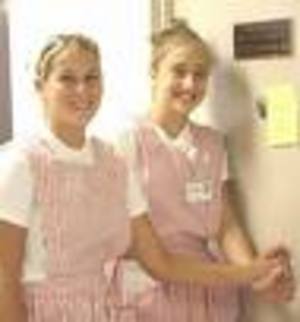When it comes to traumatic brain injuries (TBIs), brain trauma therapists can identify the area of injury from symptoms alone. Of course MRIs, CT and PET scans are used, but injuries can also be identified by what the TBI sufferer cannot or does do. For example, if the person shows a sudden inability to do routine mathematical problems, that indicates an injury to the parietal lobes. Contrastingly, if the person suddenly has inappropriate or out-of-the-ordinary emotional responses that change easily (are labile), that indicates a frontal lobe injury because the frontal lobe houses our emotional controls.
The parietal lobes are particularly significant lobes–not that any of them are even remotely not significant–because they control visual and touch perception, voluntary movements that are goal directed and that manipulate objects, and integration of senses needed for understanding single concepts, such as apple pie triggering smell, taste, vision and touch sensory cues comprising the single concept “apple pie.
When an injury occurs to the parietal lobes, very significant cognitive changes or deficits can occur. Remember that injury occurs to the brain as the result of an impact. The brain is compelled forward then back–crashing into the skull in both the forward and back positions–by the force of the impact. This forward and back motion continues until the impetus of the impact dies down, which may take several revolutions of brain-skull impact. This may be compounded by multidirectional impacts if the head is turned for any reason during impact. When multidirectional impact occurs, the brain-skull collision impact/injury takes a more complicated path than otherwise.
The parietal lobes are located at what we call the crown of one’s head, at the back and top just about equally spanning the back and top. When impact involves the parietal lobes, the symptoms or cognitive changes will reflect the areas of competence listed in the second paragraph. Specifically, according to Robert P. Lehr Jr., Ph.D. of Southern Illinois University, writing for Dr. Mark J. Ashley’s Centre for Neuro Skills, impairment or change will be observed in some or all of the following related behaviors.
If you are the sufferer of a TBI to the parietal lobes, you may find you are unable to attend to two or more things at one time, such as listening to something and looking for something simultaneously. You may experience anomia or the inability to name something, for example, not knowing what to call breakfast or a sandwich. You may experience agraphia, which is the inability to call up words when writing something, like being unable to write the word for water. Similarly, you may realize you suffer from alexia when you discover you cannot read or cannot read correctly.
You may also lose your ability to draw–and stick figures would count–or to tell left from right. Dyscalculia may be apparent in a loss of the ability to perform mathematical calculations such as are needed for balancing bank account statements. You may similarly have difficulties with eye-hand coordination such as is needed to sew on a button. Lastly, apraxia may cause difficulty with focusing visual attention and being fully aware of body parts and/or spatial surroundings. After a TBI, injuries reflecting these cognitive changes or difficulties will tell you and confirm to the therapist that you have parietal lobe injuries.



